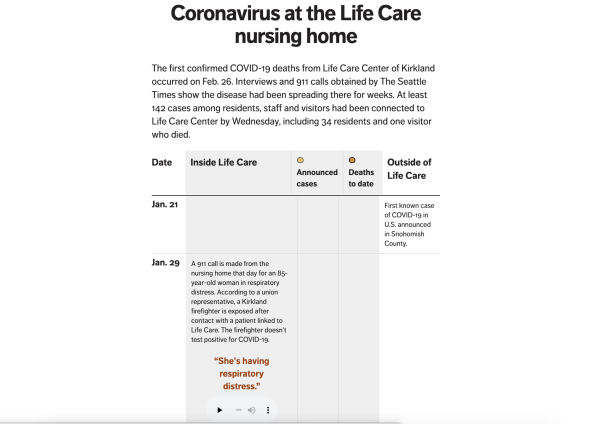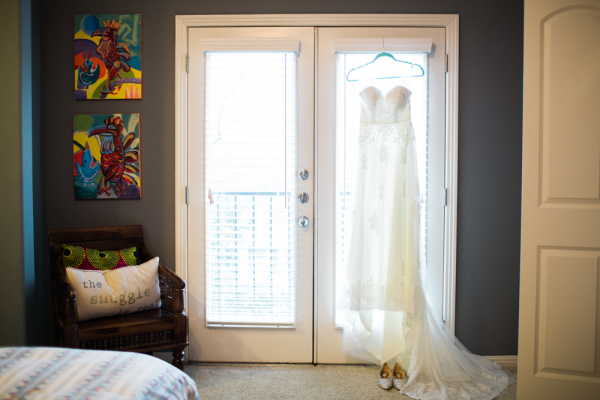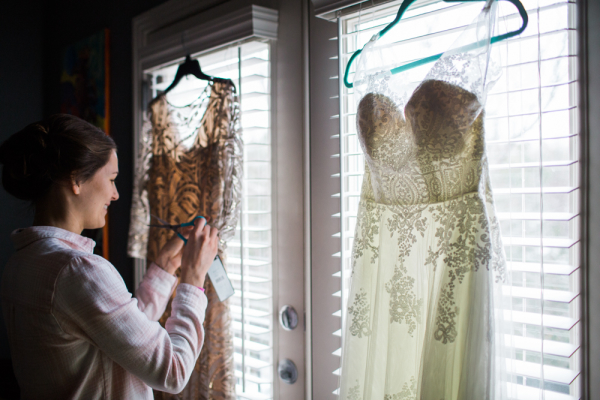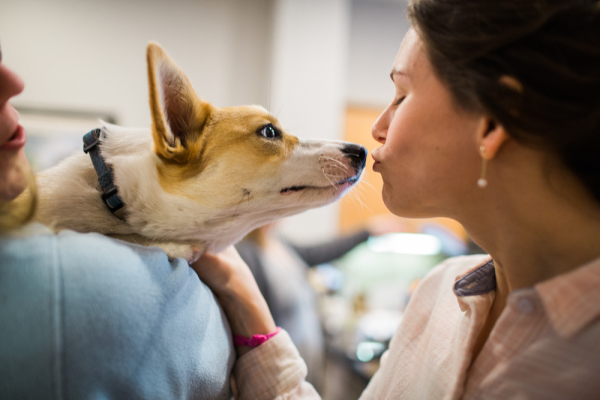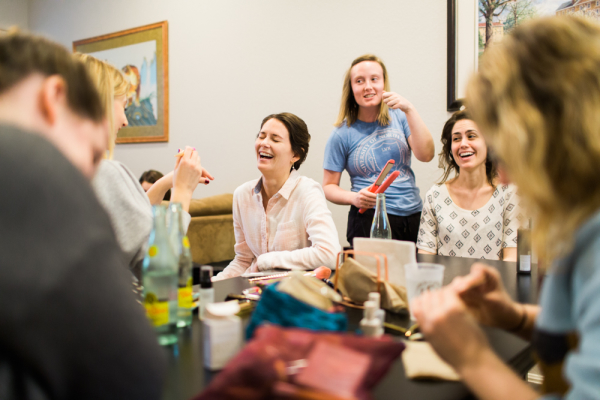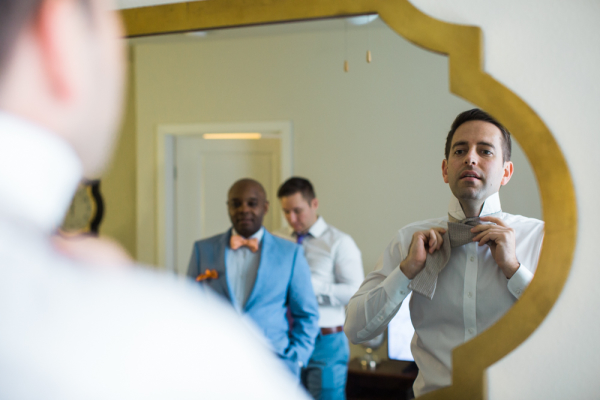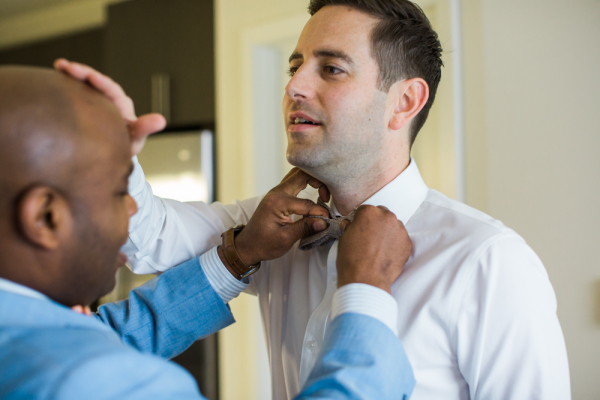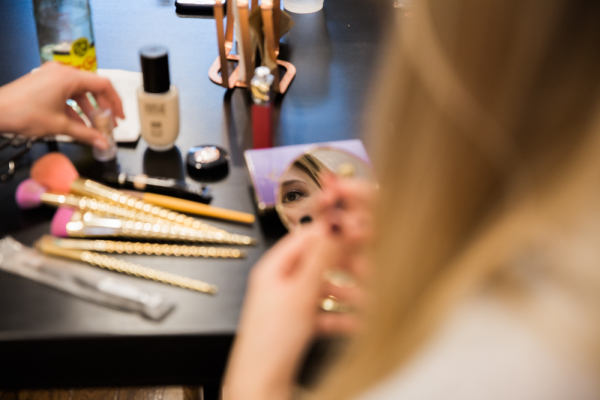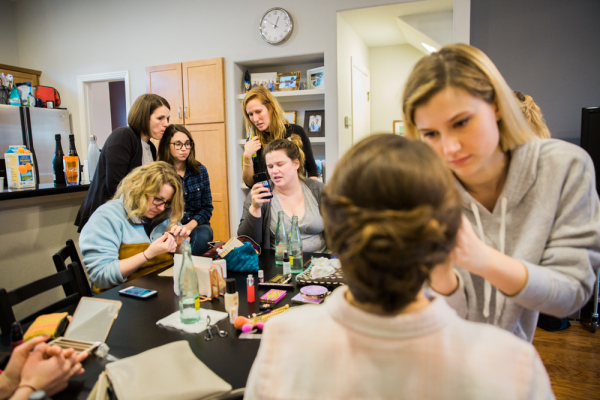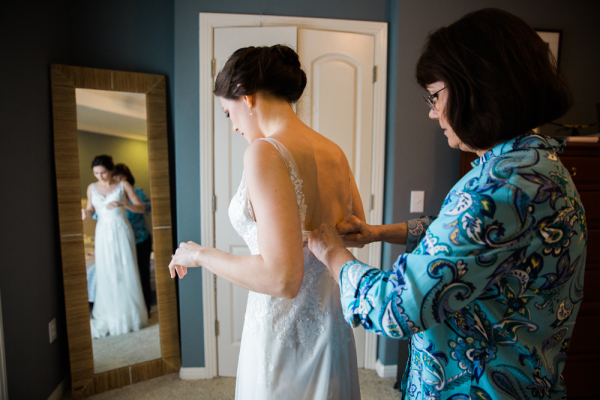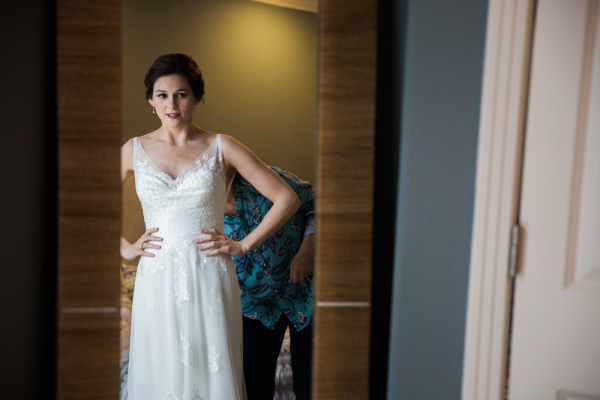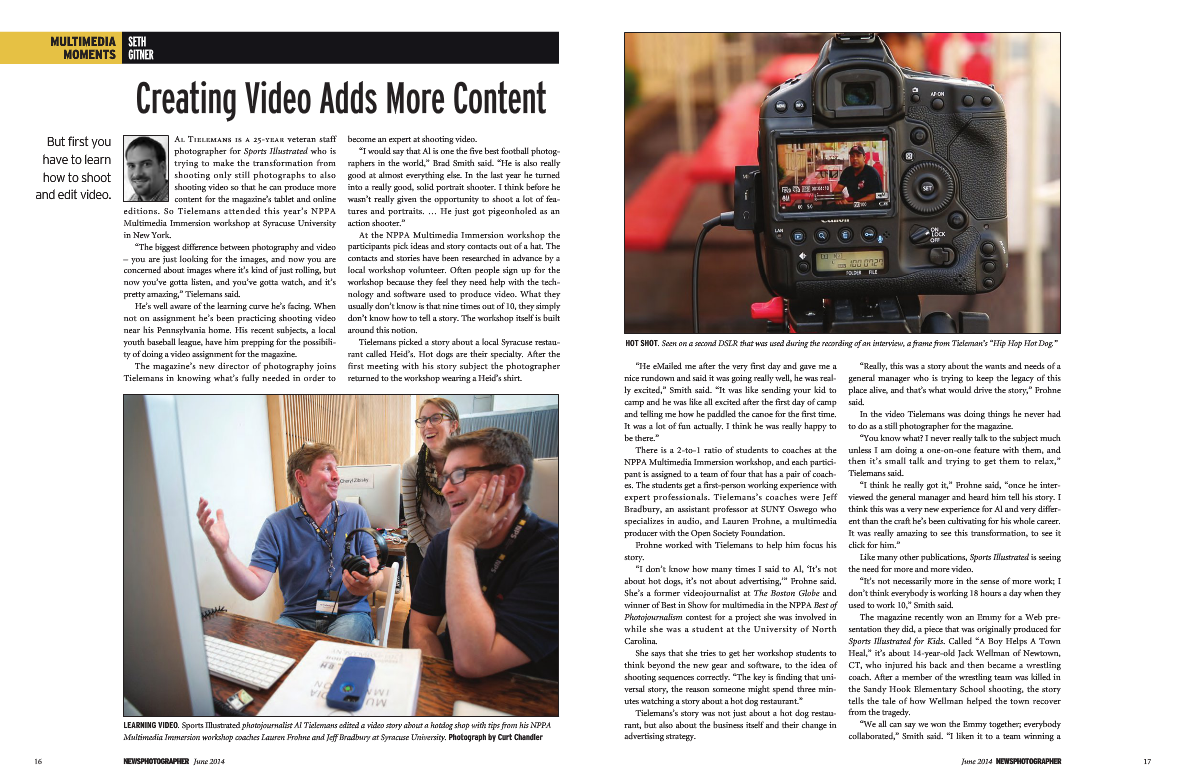The year 2013 was a definite reminder that stories published on the internet never die. It’s a new era in how news stories are seen and shared. Social capital is everything. Sometimes stories make the moderate, immediate splash within their newscycle. Sometimes the internet only catches on months, or even years, after it was originally published — typically because of new socially-amped sites like Upworthy and ViralNova. Sometimes, because of an update and real-time sharing tools, they resurge two years later to the open arms of the inspiration-hungry Twitter masses and a whole new audience is born.
The latter happened in the case of a story I worked on with reporter Billy Baker for The Boston Globe in December 2011 called Bus 19: The Way Up. It documents the experience of two teenaged brothers. Born to Vietnamese refugees, they were not only surviving in deep poverty and in a dangerous neighborhood, but also thriving in the top high school in Boston. They were steadfast on a path to success because of their own willpower and the help of some dedicated friends and mentors.
A few weeks ago on December 16, I got a text message from Billy: “George just got accepted into Yale. I can’t stop crying.” Tears. Lots of them.
On Twitter, he started rehashing his experience with the story and where it went once he published it. It was an open, genuine and moving account of just selfless human interest. Billy had a lot of followers then (he is known for finding the most interesting, bizarre, extreme and fringe stories in the newsroom), and he gained a lot more as his series of tweets was retweeted, favorited and Storified by thousands of people.
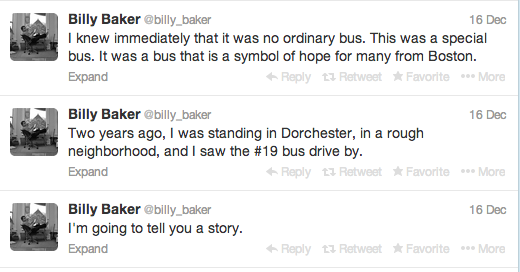
He linked to the story and the video. It was incredible how much it spread over the course of one evening.
The original story, when it was published two years ago, was met with an outpouring of support and donations to the boys and the youth center from the community in Boston. If I remember correctly, it only ran in its entirety on the subscription-based BostonGlobe.com, rather than the freely accessible Boston.com, so the audience was local and small. We thought it made a huge splash. The video had about 500-600 views, which was good in terms of our typical numbers.
By the middle of that week — December 18 or so — two years after the story was originally published on YouTube, the video had more than 80,000 views.
It’s really exciting. Their update and an interview, along with pieces from my video story, ran on the NBC Nightly News. People around the world learned their story, congratulated them, felt inspired and wanted to help them even more. It was amazing and humbling and I’m glad I was able to make a cameo in their lives so I could share in the joy of this moment with them.
But the other half of all this — as a content creator/filmmaker/journalist — is a humbling confrontation with the fact that every bit of content you put out there will live on forever. So you better be proud of every molecule of it. It doesn’t have to be perfect, but you should feel confident that you put everything you could into it. No regrets.
I will admit that I am slightly self-conscious about this video being so widely watched two years after I made it. Two years is a lot of time in an industry undergoing such rapid change. I was also the rookie at The Globe (I feel like I’m a rookie still now). It was a tough story that I had two weeks to work on (which was, in fact, a luxury at the time, the blessing of TWO FULL WEEKS in the world of a daily newspaper!). The reporter spent two months reporting it. There are parts I definitely could have shot better. Maybe I should have spent more time, could I have probed in the interview more, could I have dug deeper? I know I tiptoed a little through the documentation because these were high school kids, grappling with big issues, and trying desperately not to draw attention to themselves while they got through it. And there I was following them with a camera to school. About to publish their hardships and hope in a major metro newspaper.
I think I learned then, and again now, that the sacrifice of a few minutes of mutual discomfort and self-consciousness is worth it to do the thing right. Each scene you shoot builds a story, which portrays a message (intended or not), adds to a conversation or visual dialogue that affects the way people think about things and how they act toward others. And it’s not over the day it comes off the front page. So you better have worked your ass off to do it right. Because it is about real people with real lives to lead, it has your name on it, and it will live a lot longer than you.
Make it good. And then make it better.
And then let it go.
